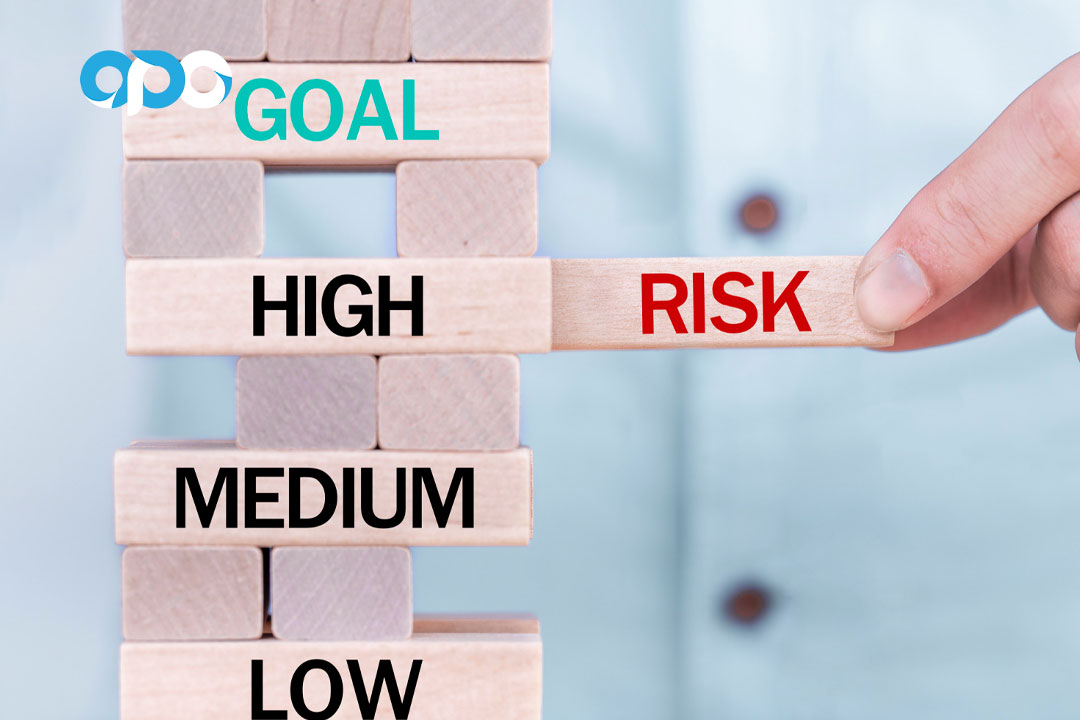In the fast-paced world of finance, creating a diversified automated trading portfolio can seem like a daunting task. However, with the right strategies and tools, it can also be an exhilarating opportunity for growth.
Imagine a portfolio that not only adapts to changing market conditions but also capitalizes on a variety of asset classes. From stocks and bonds to cryptocurrencies and commodities, each component plays a vital role in balancing risk and potential returns.
As we navigate this intricate landscape, well explore essential steps and innovative approaches to constructing a robust trading portfolio—one that harnesses automation to execute trades seamlessly while mitigating volatility. Whether you’re a seasoned trader or just beginning your journey, the quest for diversification beckons, promising excitement and the potential for financial success.
Dive in as we unravel the intricacies of automated trading and the art of strategic diversification!
The Importance of Diversification

Diversification is the bedrock of a resilient automated trading portfolio; it acts as a safety net against the inherent volatility of financial markets. By spreading investments across a variety of assets—be it stocks, bonds, commodities, or currencies—traders can mitigate the risks associated with any single market downturn.
Imagine, for instance, the turmoil of a stock market crash; while your equities may plummet, safe-haven assets like gold or treasury bonds can hold their ground, or even thrive. Furthermore, embracing different trading strategies, such as trend following or mean reversion, adds layers of complexity to your approach, enhancing adaptability.
Utilizing some of the best automated trading systems can help traders implement and manage these strategies more effectively, ensuring that trades are executed at optimal times across various markets. This multifaceted strategy not only fosters growth but also encourages stability, allowing for smoother performance in fluctuating market conditions.
Ultimately, a well-diversified portfolio, especially when supported by the best automated trading systems, doesn’t just weather storms; it positions traders to seize opportunities across the financial landscape, ensuring that the potential for profit is maximized while risks are kept in check.
Assessing Your Financial Goals and Risk Tolerance

Assessing your financial goals and risk tolerance is a vital first step in creating an effective diversified automated trading portfolio. It requires a deep reflection on your personal objectives—are you seeking steady growth, or are you willing to embrace higher volatility for potentially greater returns? This fundamental understanding shapes your investment strategy and the types of assets youll include.
Moreover, risk tolerance isnt just about defining how much loss you can stomach; it’s a mosaic of your financial situation, age, investment experience, and psychological comfort with market fluctuations. Take the time to evaluate these components thoroughly—perhaps even jot down specific targets or use risk assessment tools.
The more clarity you achieve in this phase, the better equipped youll be to build a resilient portfolio that aligns with your aspirations and withstands the inevitable market ebbs and flows.
Choosing the Right Asset Classes

Choosing the right asset classes is a pivotal step in constructing a diversified automated trading portfolio. You must navigate a bustling landscape of options—equities, bonds, commodities, and cryptocurrencies—all vying for your attention.
As you sift through these varying asset classes, consider their characteristics: stocks, with their potential for high returns but equally high risk; bonds, offering stability and predictable income; and commodities, like gold, which can act as a hedge against inflation. The allure of cryptocurrencies provides thrilling opportunities, yet they come hand-in-hand with volatility. Your goal should be a blend that harmonizes risk and reward, tailored to your investment objectives and risk tolerance.
Remember, an insightful mix can not only enhance your portfolios robustness but also increase resilience against market turbulence. In the end, a thoughtful approach to asset allocation can act as your guiding compass in the unpredictable waters of automated trading.
Conclusion
In conclusion, creating a diversified automated trading portfolio is a strategic approach that can enhance your trading efficiency while mitigating risks. By leveraging the power of advanced algorithms and data analysis, you can ensure that your investments are distributed across various asset classes, thus optimizing potential returns.
Its essential to regularly evaluate and adjust your portfolio based on market conditions and personal risk tolerance. By incorporating best automated trading systems into your strategy, you can streamline execution, capitalize on market opportunities in real-time, and ultimately achieve a more balanced financial outcome.
With a well-structured approach, you can navigate the complexities of the trading landscape with confidence and composure.


